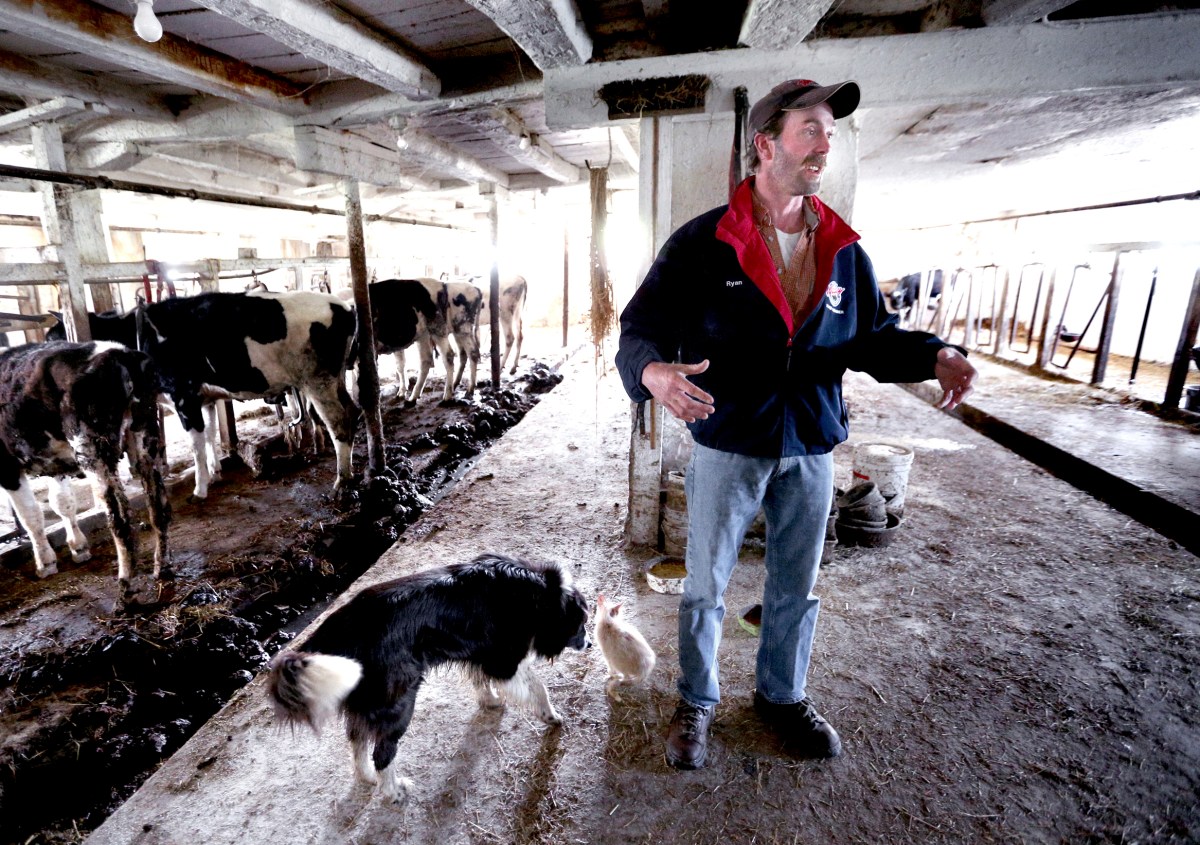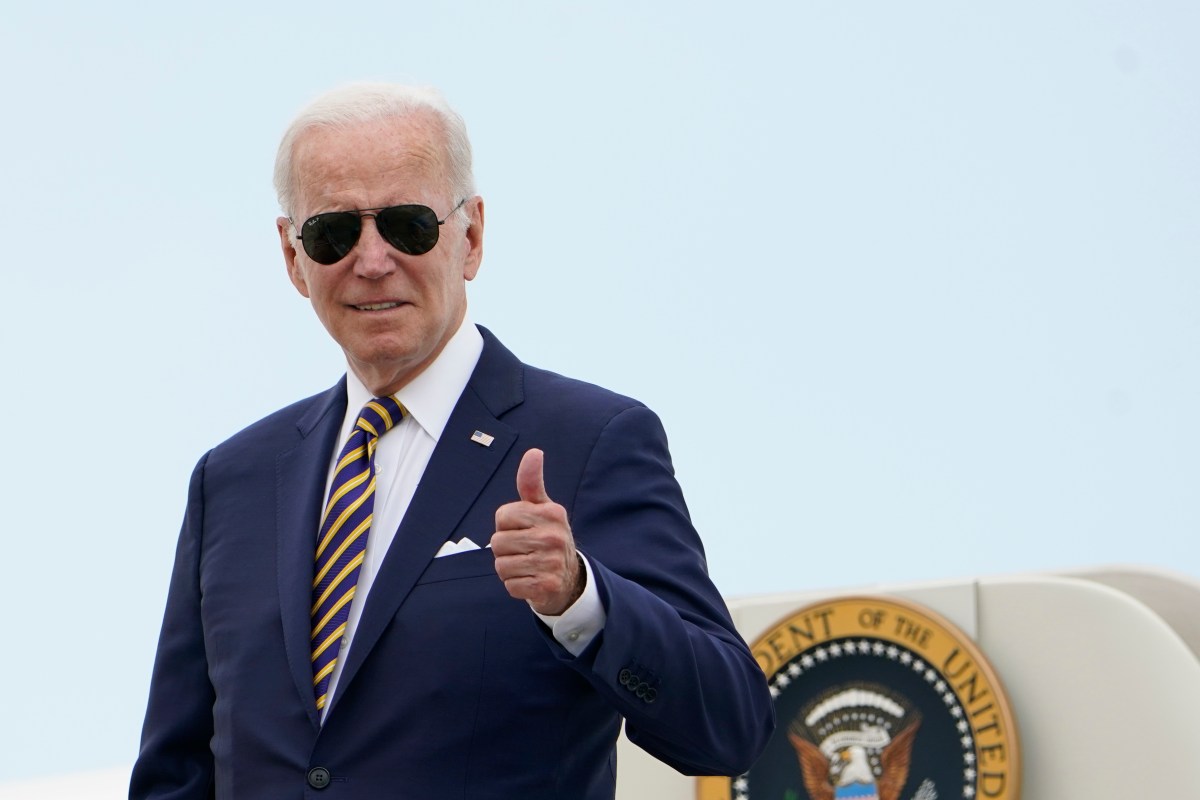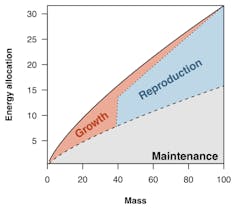I believe it important to emphasize how strongly I feel that books, just like people, have a destiny. Some invite sorrow, others joy, some both. —Ellie Wiesel in his memoir, “Night.”
I am hoping to share with our readers my thoughts on Antonio Iturbe’s remarkable story of an incredibly brave, young Jewish girl who risked her life at Auschwitz “to keep alive the magic of books during the Holocaust.”
In “The Librarian of Auschwitz,” Dita Kraus – then only fourteen – imprisoned with her father and mother at the Auschwitz death camp, becomes the secret custodian, “librarian,” for eight precious books that have been clandestinely smuggled into the camp at great risk to the prisoners.
But first I want to finish reading the memoir of that young girl, Dita Kraus, now a young 93.
In her memoir, “A Delayed Life,” Kraus briefly recalls her stint as “the librarian of the smallest library in the world,” which, according to Kraus’ memory, constituted of “twelve or so books.”
Whether eight or twelve, those books – some with missing pages, some held together by a few threads, most of them badly worn and stained — were a source of hope, diversion, enlightenment, even fleeting happiness for the children of the Kinderblock (children’s block), most of whom were destined to be murdered in the gas chambers a few months later.
One of the books in the Auschwitz library is “(The Adventures of) the Good Soldier Švejk” which Blockältester (head of the Kinderblock) Alfred Hirsch feels is inappropriate to be in the library because “it contained scandalous opinions about politics and religion, and more than dubious moral situations.”
At Dita Kraus’ insistence, Hirsch relents, and the book becomes part of the library.
In his first chapter, Iturbe makes the following foreboding observation about the tiny library:
These items, so dangerous that their mere possession is a death sentence, cannot be fired, nor do they have a sharp point, a blade or a heavy end. These items, which the relentless guards of the Reich fear so much, are nothing more than books: old, unbound, with missing pages and in tatters. The Nazis ban them, hunt them down.
Iturbe continues in a historical and yet prescient way:
Throughout history, all dictators, tyrants and oppressors, whatever their ideology – whether Aryan, African, Asian, Arab, Slav, or any other racial background; whether defenders of popular revolutions, or the privileges of the upper classes, or God’s mandate, or martial law – have had one thing in common: The vicious persecution of the written word.
“Books are extremely dangerous; they make people think,” he writes.
While book purges and the banning of books from schools and libraries, even book burnings, are making an increasingly ominous appearance in the U.S, two recent “incidents” made this writer think of Iturbe’s book.
I must, however, emphasize that this piece is in no way intended to draw any parallels to the horrors of the Holocaust. Nothing that has occurred since then can even approach the unfathomable atrocities of that period. If anything, it should illustrate how some men and women at a Nazi deathcamp were willing to risk their lives to protect the written word while, today, some are trying to banish the words they don’t agree with.
Hopefully the reader will understand why the following two incidents made me reflect on “The Librarian of Auschwitz.”
At a July 19 meeting of the Louisiana Livingston Parish Library Board of Control, members were asked to look into books with “inappropriate” content.
The list of eight books (emphasis mine) with such alleged content includes “It Feels Good To Be Yourself,” a children’s picture book about a trans girl.
More recently, the Times of Israel reported that a suburban Fort Worth school district “has ordered its librarians to remove an illustrated adaptation of ‘The Diary of Anne Frank’ from their shelves and digital libraries, along with the Bible and dozens of other books that were challenged by parents last year.”
The Times notes that this is “the latest in a string of book removals being implemented at schools at the behest of conservative activist parents and school board members who are challenging a slew of texts on grounds ranging from their LGBT-friendly content to their supposed connections to ‘critical race theory.'” “Some of these challenges have included books with Jewish themes,” the Times of Israel adds.
Forty-two books in total were removed from school shelves. Three or four times the total number of books at the Kinderblock library.
The 2019 graphic adaptation of Anne Frank’s famous diary was called by the New York Times “so engaging and effective that it’s easy to imagine it replacing the ‘Diary’ in classrooms and among younger readers.”
Ellie Wiesel is right, “Some [books] invite sorrow, others joy, some both.”
However, it is a disturbing sign of the times that, increasingly, books seem to also invite intolerance and small-mindedness.
CODA: While the headline of the Times of Israel piece reads, “Adaptation of Anne Frank’s diary banned by Texas school district,” other sources, such as Snopes, report that such is not totally accurate.
Snopes quotes a statement by the Superintendent of the Keller Independent School District which states in part:
All of the books on the list were challenged by parents and community members for various reasons, and District officials considered these concerns through the previous review process. With a new policy and new guidelines in place, these titles will simply once again be reviewed through the lens of this new policy.
::
If the books pass the new standards, as determined by reviews conducted in coordination with campus administration and librarians, the books will be promptly returned to shelves…We anticipate that books like the Bible, Anne Frank’s Diary: The Graphic Adaptation, and other titles will be on shelves very soon. (Please note that more than 50 copies of the Diary of Anne Frank have remained in circulation; only the graphic novel edition was previously challenged, and is, thus, under review again.) It is important to be clear about this point – regardless of headlines or social media stories, none of the books under re-evaluation were banned.
The author is a retired U.S. Air Force officer and a writer.











